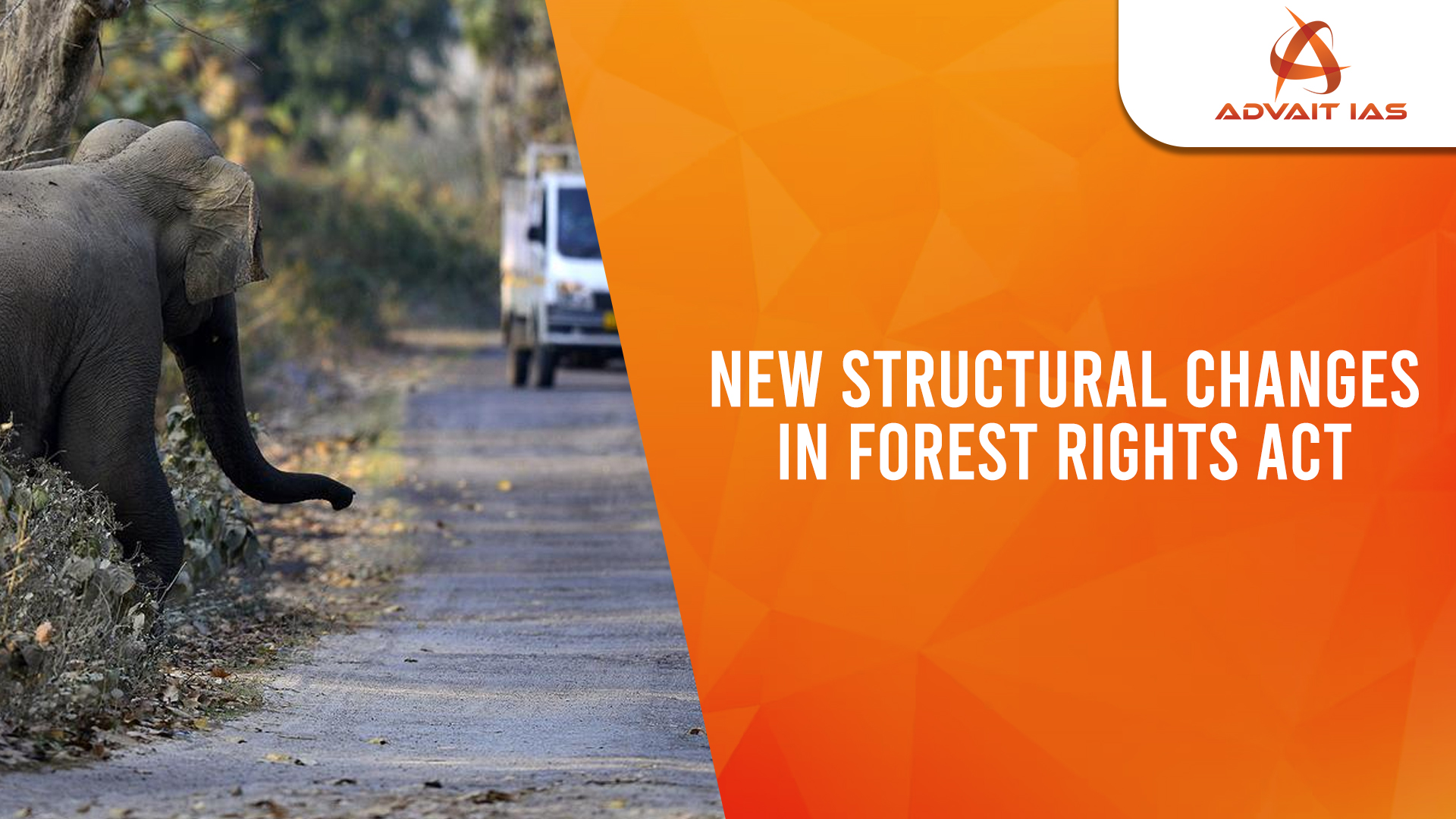For the first time since the enactment of the Forest Rights Act (FRA) in 2006, the Union Government has begun directly funding mechanisms to aid its implementation. This initiative is being carried out under the Dharti Aba Janjatiya Gram Utkarsh Abhiyaan (DAJGUA), a Central scheme launched in October 2024.
About the Forest Rights Act, 2006
- Enacted to recognize the rights of Scheduled Tribes and Other Traditional Forest Dwellers (OTFDs) over forest lands and resources.
- Implementation responsibility lies with State and Union Territory governments.
- Key institutional mechanisms under FRA:
- Gram Sabha Forest Rights Committees (FRCs)
- Sub-Divisional Level Committees (SDLCs)
- District Level Committees (DLCs)
- State Monitoring Committees
About Dharti Aba Janjatiya Gram Utkarsh Abhiyaan (DAJGUA):
- Originally conceptualized as the PM Janjatiya Unnat Gram Abhiyan (PM-JUGA).
- Renamed to Dharti Aba Janjatiya Gram Utkarsh Abhiyaan (DAJGUA) in 2024.
- Dharti Aaba refers to Birsa Munda, a 19th-century tribal leader and anti-colonial icon from Jharkhand
- Aims to saturate tribal-majority villages with basic welfare schemes and services.
- Aim: To bridge critical development gaps in:
- Social infrastructure
- Health and nutrition
- Education access
- Livelihood generation
- Target coverage: ~63,000 tribal-dominated villages.
- Beneficiaries: Over 5 crore tribal people in 30 States and Union Territories.
- Collaborative Governance:
- Involves 25 interventions from 17 Central Ministries/Departments.
- Promotes inter-ministerial and inter-sectoral coordination for integrated tribal development.
- Funding Mechanism:
- Cost to be jointly borne by the Central and State Governments.
- Includes central grants-in-aid for specific components (e.g., FRA cells).
- Tenure:
- 5-year mission period: 2024-25 to 2028-29.
- Monitoring and Evaluation:
- Implementation progress to be tracked via the PM GatiShakti Portal.
- Ensures data-driven, real-time monitoring of interventions across sectors.
Key Features of the New Initiative (DAJGUA-based FRA Cells)
- 324 District-level FRA cells sanctioned in 18 States/UTs
- 17 State-level FRA cells approved for facilitation
- These cells will assist in:
- Preparing FRA claims
- Assisting Gram Sabhas with documentation
- Managing and digitizing FRA-related data
- Funded by the Union Ministry of Tribal Affairs under Grants-in-aid General
- Budget:
- ₹8.67 lakh per district FRA cell
- ₹25.85 lakh per state-level FRA cell
Background: Pendency and Rejection of FRA Claims
- As of March 2025:
- Total claims filed: 11 lakh
- Claims pending: 45%
- Claims rejected: 42% of the 43 lakh claims disposed
- States with highest number of FRA district cells:
- Madhya Pradesh (55), Chhattisgarh (30), Telangana (29), Maharashtra (26), Assam (25), Jharkhand (24)
- States with high pendency:
- Assam (60%), Telangana (~50.27%)
Significance
- Represents a paradigm shift in the Union Government’s approach — from advisory to direct facilitation.
- Reflects Centre’s attempt to accelerate forest rights recognition, especially in tribal-dominated villages (68,000+ under DAJGUA).
- Aims to address historical implementation bottlenecks and streamline administrative support.






